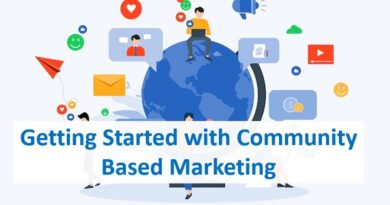The Engine Behind Modern ABM: Synchronizing Data, Automation, and Relationships
Integrating Account-Based Marketing (ABM) with your CRM and marketing automation stack is one of the most critical steps in building a data-driven, scalable, and high-performing B2B marketing engine. Successful ABM programs rely heavily on the ability to unify data, align sales and marketing teams, and deliver personalized engagement at scale — all of which are only possible when your systems communicate seamlessly.
At its core, ABM is about focusing your marketing and sales efforts on the right accounts rather than broad segments. To do this effectively, integration between your ABM strategy, CRM, and automation platforms ensures every touchpoint is tracked, every engagement is personalized, and every insight is actionable. Your CRM becomes the single source of truth for account data, housing firmographics, contact details, engagement history, and deal progress. When connected to your marketing automation tools, this data helps marketers orchestrate targeted campaigns that reach key stakeholders with relevant messaging at the right time.
This integration also improves collaboration between marketing and sales teams. By sharing account intelligence — such as intent signals, engagement metrics, and pipeline status — both teams can coordinate outreach strategies more effectively. Marketing can trigger tailored email sequences, retargeting ads, or content delivery workflows, while sales teams receive notifications and insights on account behavior, enabling them to follow up with context and precision. The result is a synchronized approach where every action is aligned toward moving the account further down the funnel.
Moreover, connecting ABM with your CRM and automation stack enhances performance measurement. Marketers can analyze how different campaigns influence pipeline velocity, track engagement from individual decision-makers, and understand which tactics drive conversions within target accounts. This visibility allows for continuous optimization — identifying what works, eliminating inefficiencies, and refining strategies over time.
Ultimately, the integration of ABM with CRM and marketing automation transforms account targeting from a manual, fragmented process into a cohesive, intelligent system. It empowers organizations to scale personalization, deepen customer relationships, and achieve higher ROI by ensuring that every interaction — whether automated or human — contributes meaningfully to account growth and revenue success.




